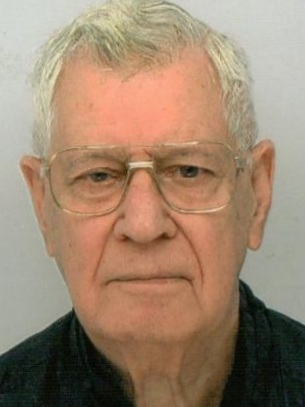
Kenneth Hugh Staynor was born at Madhupur on 16 September 1927. In 1929, his family went to the United Kingdom, and returned to India in 1931 to Kurseong, where his father was a teacher, and later Headmaster, at Victoria School. Kenneth was educated at St. Josephs College, Darjeeling, and St Mary's High School, Mount Abu. He left India in August 1951 for permanent residence in the UK to get into research and development in engineering, which was not available in India, and because his ancestral roots were in the UK. He lives in South Wales after retirement. His wife passed away in January 2010\; he has three sons, five grandsons, five granddaughters and one great granddaughter.
Editor's note: This is part of a chapter from Mr. Staynor's forthcoming book on the Indian Raiwalys.
Before India’s partition in 1947, the North Western Railway (NWR) had several prestigious trains running on its lines.
These included the world famous Frontier Mail, a through train with the BB&\;CIR from Bombay Central to Peshawar, (although this train lost a lot of its glamour after Rawalpindi), the Punjab Mails, through trains from both Calcutta and Bombay Victoria Terminus to Lahore, and the Karachi Mail between Lahore and Karachi. And, not to forget, the Sind Express from Peshawar to Karachi via Campbellpore, where it left the main line and followed the River Indus, keeping to its left bank through Mianwali and Darya Khan, and joining the Lahore-Karachi Main Line at Muzaffagarh, just south of Multan.